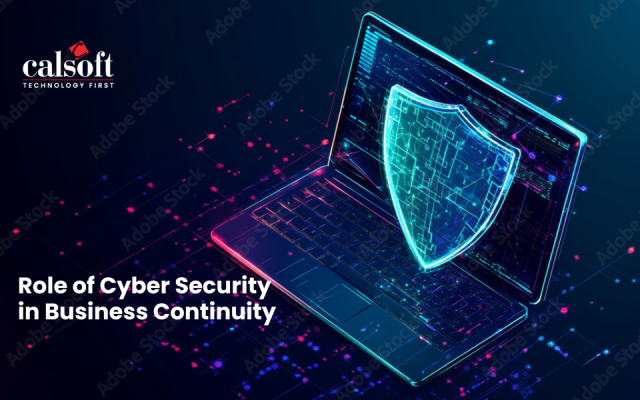How the carbon footprint is impacting the atmosphere rules most conversations today and is one of the most burning issues we are faced with. With organizations concentrating more on carbon management programmes, there is a need to revamp storage practices. CIO’s are looking at storage practices which use clean energy and are environmental friendly. Green storage has long been the topic of interest but since managing costs was a priority, it was side-lined. But with an impetus on technology, managing costs along with environmental friendly storage has become a reality.
What is Green Storage?
Green storage means different things to different organizations. For some of them it implies inflated costs while others talk about it as an infrastructure revamp but only a handful have actually grasped the importance and significance of it. In simple words, green storage primarily stands for storage techniques which reduce the carbon footprint generated by datacentres. The other benefits are tackled subsequently but the major purpose which green storage is meant to serve is its impact on carbon emission.
As per the US Department of Energy estimates, data centers consume energy equivalent to or more than 100 times the consumption of standard office buildings. Working on your storage techniques therefore can benefit both organization and the environment. There are many ways to green storage including sophisticated hardware and design methods which can streamline data storage and reduce power consumption but the focus of this article is the software piece. Algorithmic efficiency and resources allocation achieved using systematic planning of data routes can contribute to increased efficiency. Smaller form-factor hard disk drives often consume less power per gigabyte than physically larger drives. Tapes are a good example of this. It has added benefits like portability and longer shelf life. Also, solid-state drives with no moving parts consume less power but this is at higher initial costs. MAID (massive array of idle disks) is a storage technology in which only those disk drives in active use are spinning at any given time. MAID reduces power consumption and prolongs the lives of the drives by avoiding power supply to unused disks at a given time.
Virtualization and cloud computing are the other ways out. Virtualized servers can host up to 20 Virtualized servers on a single physical server.
Benefits of Green Storage
Reduced power consumption and reduced carbon footprints are not the biggest drivers for decision makers to tweak their storage strategies for. On the flipside, reduced power consumption means reduced operating costs, reduced and improved hardware means reduced cooling and maintenance costs. Also storage technologies like MAID and SSDs mean longer hardware life. And hence this is taking precedence in data centers.
Future of Green Storage and the changing trends
SearchStorage.co.UK in May surveyed 136 storage professionals. 43% of respondents either have green storage plans or are developing them. 36% have plans for green storage in next 5 years. 66% of the respondents were ready to pay more for environmental friendly storage technologies.
Virtualization is top of the favourites list for green storage. Virtualized servers are the most favourite with 78% opting for it followed by virtualized storage with 44%, thin provisioning 41% and tiered storage 38%. Solid state drives are more preferable 21% as compared to MAID (2%) while cloud storage was used by 8% respondents as an energy-saving technology.
The data center technology is migrating towards green storage and its implementation in the future is a matter of when, not if.
To know more email: marketing@calsoftinc.com
Nakul Jadhav | Calsoft Inc.







